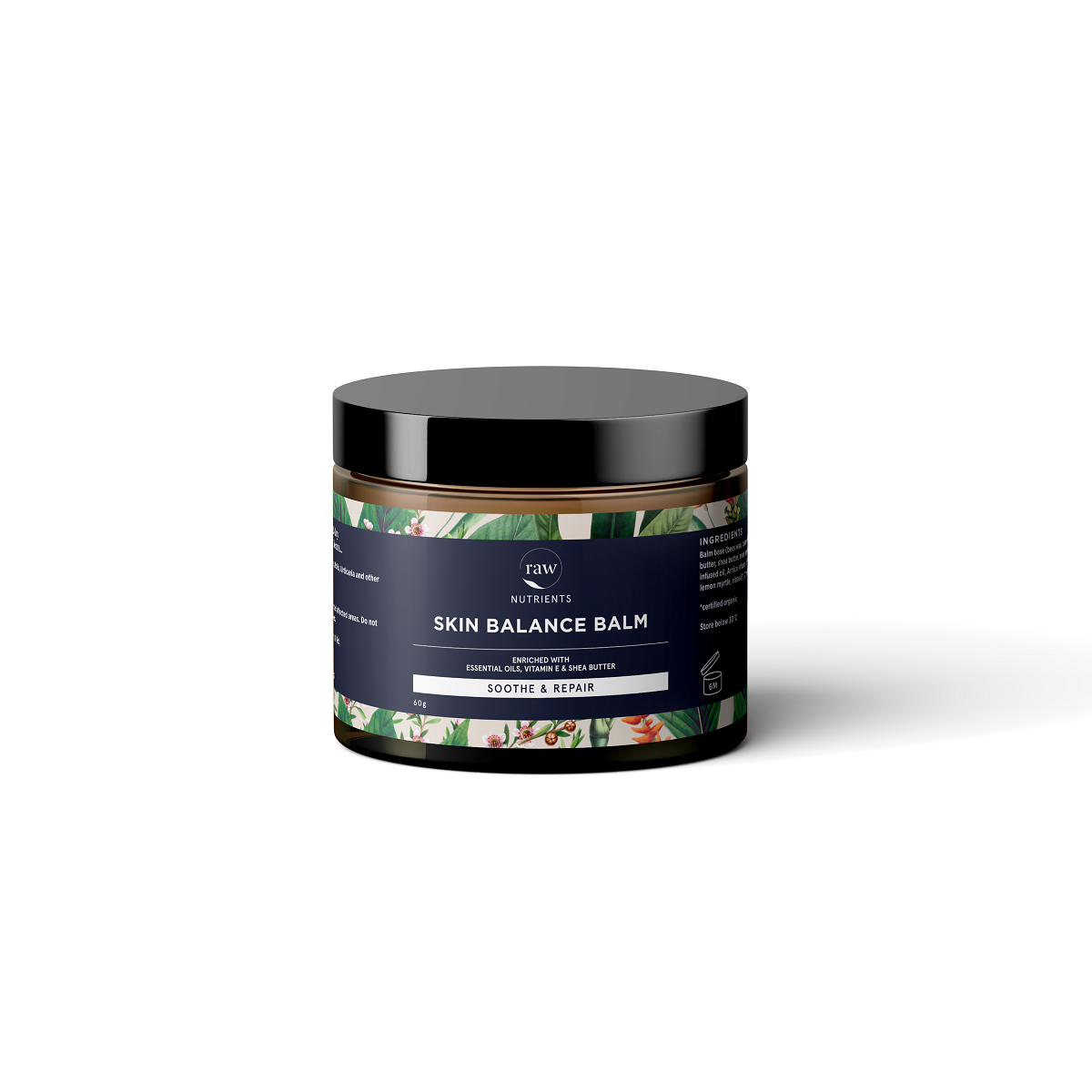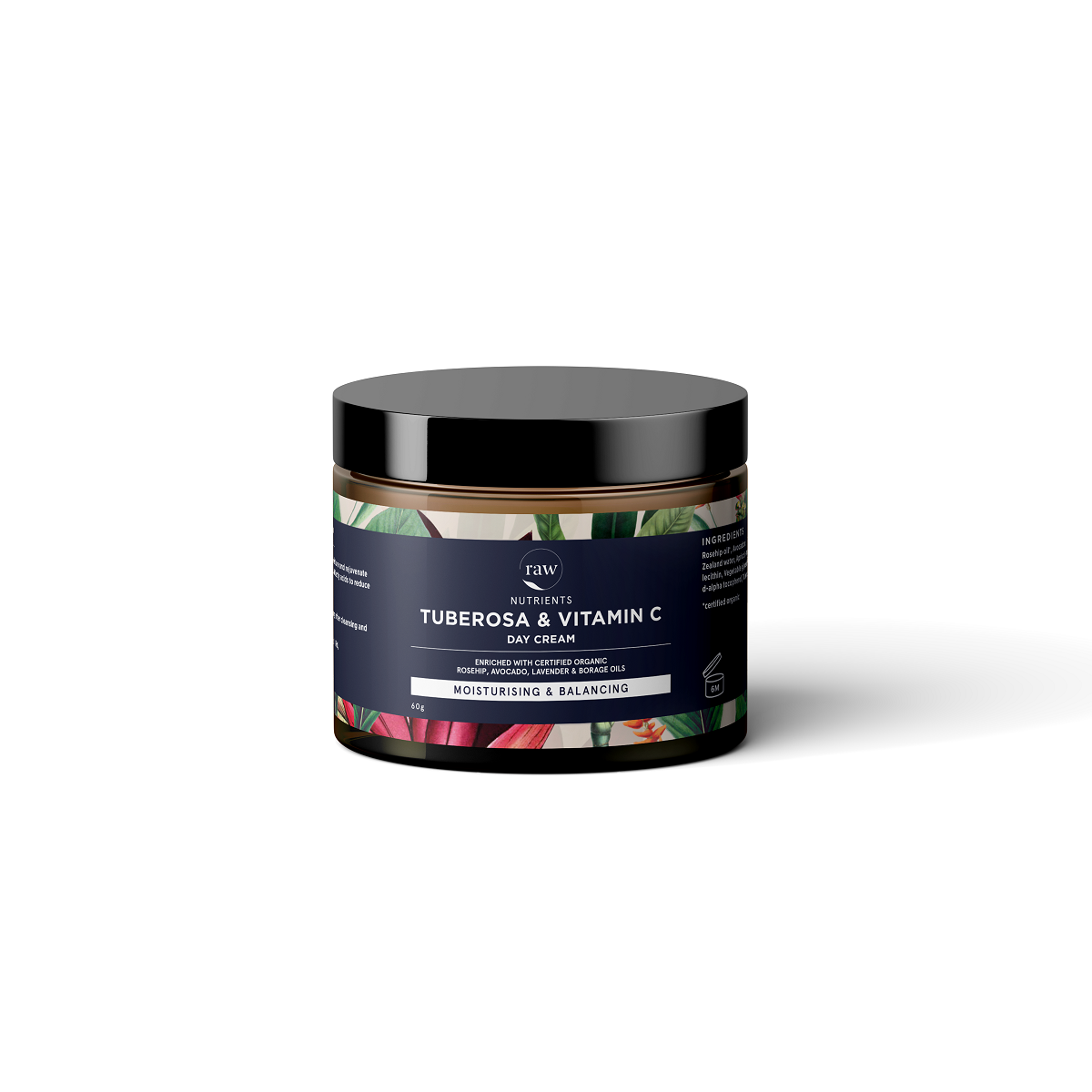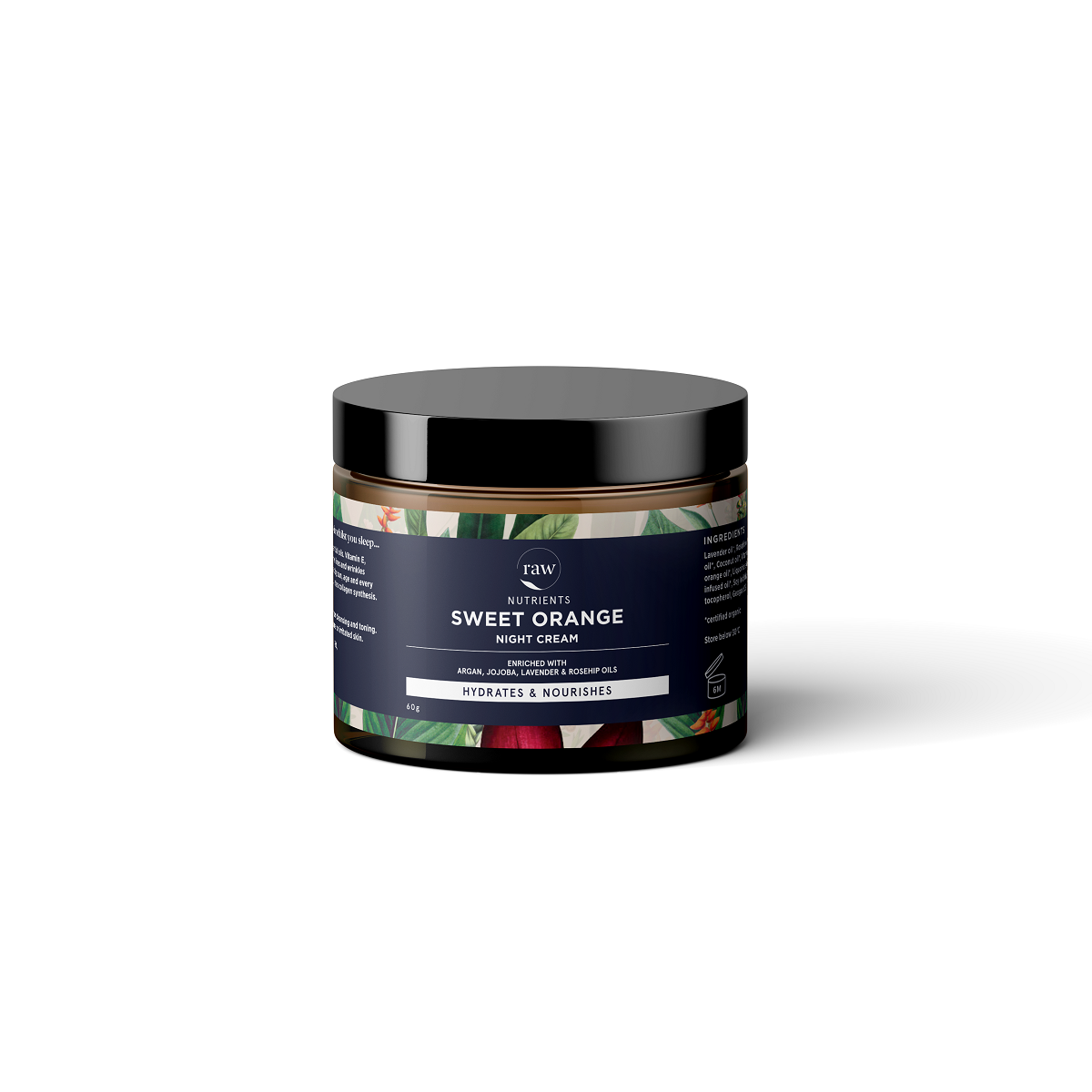-
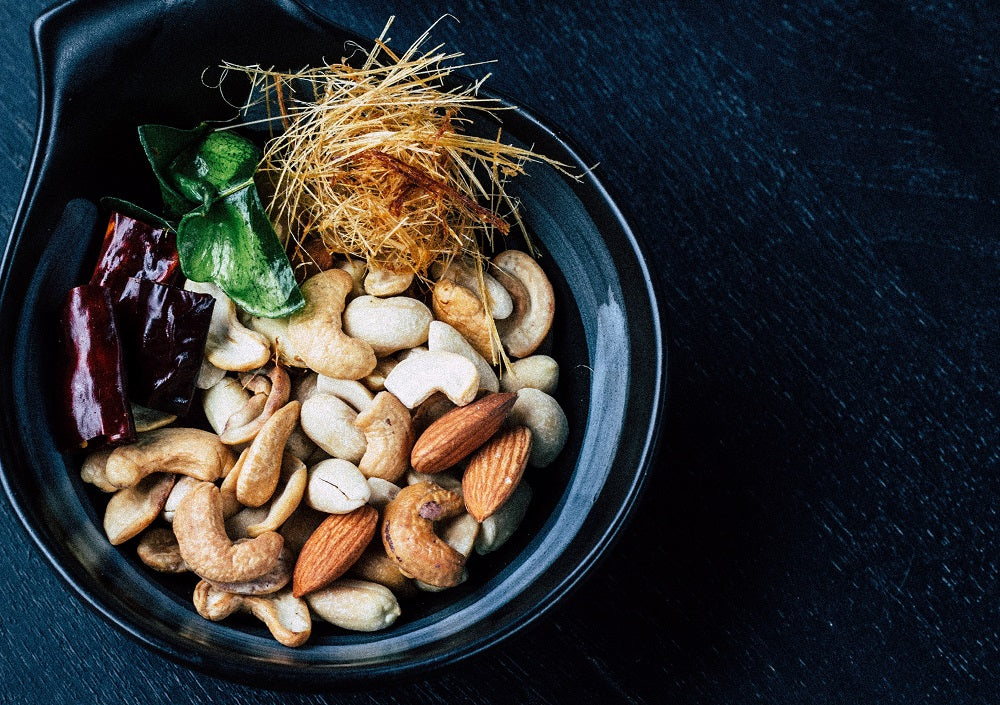
Think about zinc!
Zinc plays many important roles in your body. This essential dietary mineral is involved in metabolism processes, hel...
-

Magnesium; Are We Consuming Enough?
There is widespread magnesium deficiency, and given the importance of magnesium in the body, it is but essential to r...
-
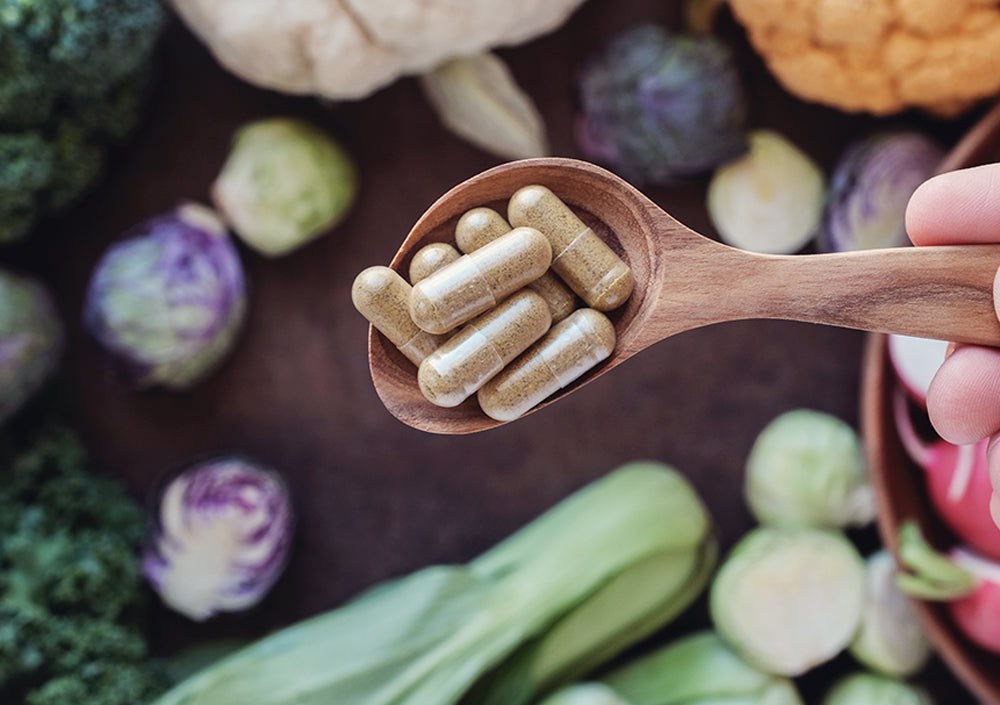
Probiotics; When & how do they work best?
Your gastrointestinal system comprises different microorganisms. The gut bacteria play a vital role in the health and...
-
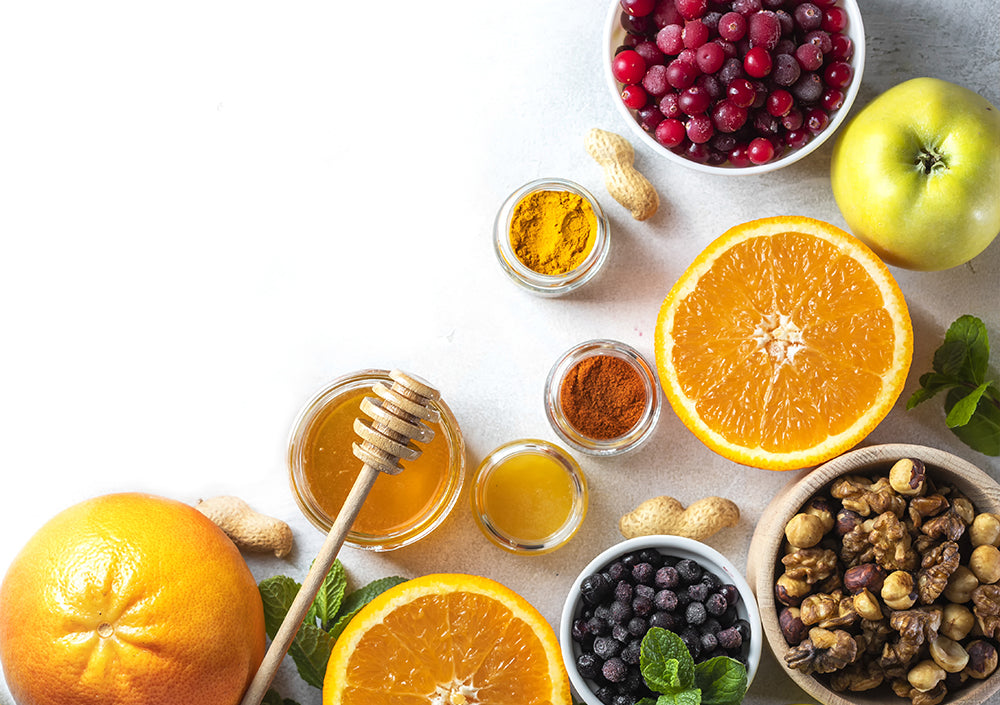
Vitamin C; How does it benefit wellness?
Vitamin C has gained popularity as an antioxidant. However, research claims that it can act as both an antioxidant an...

Prevent sun damage with these amazing proven supplements
Electromagnetic radiation produces several changes in the human body that are harmful to the skin. Oral agents, including essential micronutrients, come with photoprotective and anti-photocarcinogenic properties to improve systemic protection against electromagnetic ultraviolet radiation and photo-induced carcinogenesis and aging. Let’s explore the photoprotective effects of vitamins and vitamin derivatives.
Sunscreen-based photoprotection or topical photoprotection forms the first line of defense against ultraviolet radiation. The application of a thin UVR-absorbing layer on the skin helps protect it from photoaging and skin cancer. However, topical photoprotection has intrinsic limitations, including short life on the skin. As a result, frequent application alone can help protect the skin from harmful rays. Sadly, despite the prevalent use of sunscreens, there are rising cases of sunburn.
Oral photoprotectors, on the other hand, are not believed to be too effective against sunburn and erythema. However, they are easy to use and external conditions do not affect their efficacy. Additionally, in order to be effective against skin cancer and photoaging, oral photoprotective agents must provide uniform skin protection.
These products have one or more active principles that increase the antioxidant efficacy of the body after UV exposure that induces DNA damage. Premature aging is also one of the results of DNA damage and oxidative stress. These are believed to reduce UVR-induced immunosuppression.
Dietary antioxidants
Dietary antioxidants are believed to have endogenous photoprotection properties, thus contributing to the UV damage prevention. Dietary micronutrients, such as polyphenols, carotenoids, and vitamins E and C, build an antioxidant defense to provide endogenous photoprotection against skin damage.
A combination of vitamins E and C is believed to offer skin protection against UV damage. Regular intake of dietary polyphenols may protect against harmful solar radiation.[1]
Carotenoids
Carotenoids are known to decrease reactive oxygen species. These pigments exist in different vegetables and fruits and are acquired by humans through diet.
Of the 50 variants of carotenes, lycopene has maximum antioxidant properties. Research finds that carotenoids can suppress reactive oxygen species formation by UVA and UVB, thus playing a role in preventing photoinactivation of antioxidant enzymes. Besides, it also reduces oxidative damage and lipid peroxidation.[2]
Lycopene
A plant diet is rich in carotenoids and flavonoids, which are known to have light-protecting properties and prevent UV damage in humans. These micronutrients travel to light-exposed tissues where they provide systemic photoprotection.
Lycopene is primarily found in tomato. A study found a decrease in sensitivity toward UV-induced erythema in subjects after the ingestion of plant food rich in lycopene. Not only this, dietary carotenoids are believed to contribute to life-long protection against harmful radiation.[3]
Researchers found that oral lycopene treatment for 10 weeks resulted in significant reduction in dorsal erythema formation when exposed to ultra violet rays. In another study, healthy women who were given tomato paste as a supplement with olive oil reported beneficial effects. It was found that lycopene reduced the overexpression of matrix metalloproteinases .
Xanthophylls
Several carotenoids in Xanthophylls are believed to prevent photodamage from sunlight. A non-provitamin A carotenoid, Astaxanthin has potent anti-oxidant properties and exerts anti-oxidant benefits. It is thought to hinder the production of lipid peroxides from UVA exposure.
Researchers point toward its anti-oxidant and anti-inflammatory properties. A recent study found that oral astaxanthin had beneficial effects on skin photoaging prevention.
Astaxanthin is believed to have beneficial effects on skin aging. Research is under way to explore the benefit of astaxanthin supplementation on skin elasticity and hydration.[4]
Lutein and zeaxanthin
Xanthophylls, zeaxanthin, and lutein are present in the serum. Zeaxanthin is found in corn. Lutein is found in spinach, green beans, and broccoli. Both lutein and zeaxanthin might play a role in preventing macular degeneration.
Besides, lutein is known to have anti-aging and anti-carcinogenic effects. It is believed to accumulate in the skin and have anti-inflammatory effects against ultraviolet rays. Research believes that oral supplementation helps alleviate the deleterious effects of harmful solar radiation. Lutein works on membrane integrity and improves cell viability and may protect against photodamage.
Nicotinamide
Found in legumes, yeast, leafy greens, nuts, tea, coffee, and cereals, nicotinamide is believed to be effective in the treatment of dermatological diseases. Research highlights the role of oral nicotinamide supplementation against skin cancer. It is believed to have a corrective action on UVR-induced DNA damage.
Besides, it might prevent the depletion of cellular NAD+ levels. Research finds that nicotinamide supplementation may prevent actinic keratosis from progressing to malignant squamous cell carcinoma.
Supplementation with nicotinamide may help protect photocarcinogenesis in non-melanoma skin cancer. Its chemoprotective effects are derived through long-term supplementation.[5]
Vitamin D
Vitamin D3 reduces inflammatory response by negatively regulating pro-inflammation mediators. It also decreases cyclooxygenase 2 by bringing down prostaglandin levels. Research finds that vitamin D3 regulates the Hedgehog signaling pathway, which is associated with basal cell carcinomas.
Besides, it is believed to reduce damage by UVR exposure. In a recent clinical trial, it was found that participants treated with vitamin D3 supplementation reported less damage from UVR exposure.
The study concludes that a single dose of vitamin D3 may play a role in photodamage reduction.[6] Research supports the role of vitamin D3 as a skin tumor suppressor due to its interaction with p53 gene.
Omega 3 polyunsaturated fat
Omega-3 polyunsaturated fatty acids are believed to have a modest reduction in inflammation and appearance of sunburn cells following long-term UVA exposure. Omega 3 is considered to heal skin problems from UVR exposure.
Probiotics
Oral administration of probiotics is said to delay the onset of skin tumors in rats from solar radiation. The study noted significant improvement in the immune response following treatment with probiotics.
The role of probiotics in accelerating recovery of the Langerhans cell looks promising.
Green tea polyphenols
Research demonstrates that tea catechins have a modulating effect on inflammatory response, thus playing a crucial role in defending the host against tumor development. In a study, green tea was found to have a cancer-protective effect in mice exposed to UVA and UVB radiation.
Cocoa extracts
The oral consumption of cocoa flavanols is believed to have potent antioxidant, anti-inflammatory, and photoprotective effects. A study confirmed the efficacy of cocoa flavanols in decreasing the degree of erythema after irradiation with a solar light.
Another study claims that flavanoid-rich chocolate could play a protective role against the harmful effects of ultraviolet radiation.[7]
Polypodium leucotomos Extract
Polypodium leucotomos has been used in traditional medicine for skin conditions. Rich in polyphenols, PL is believed to have photoprotective properties of ferns. PL has anti-inflammatory, antioxidant, and tumor growth suppressive properties.
Research confirms the role of orally administered PL in preventing erythema in UVR-treated skin. Besides, it suppressed UVR-mediated oxidative damage and mutagenesis.
Genistein
Oral administration of Genistein helps prevents skin tumor formation.
Quercetin
It is the most abundant flavonoid found in fruits, vegetables, and tea. The flavanoid has potential anti-oxidant properties. Additionally, it is believed to have topical photoprotective properties.
Oral photoprotection supplementation could help counteract the effects of exposure to sun radiation. Most of the photoprotective effects are believed to work on chronic inflammation, immunosuppression, and photocarcinogenesis, thanks to its anti-oxidant, anti-mutagenic, and anti-immunosuppressive properties.
References
[1] Fernández-García, E., (2014). Skin protection against UV light by dietary antioxidants.Food & Function. doi: 10.1039/c4fo00280f.
[2] Sies, H.1., Stahl, W., (2004). Carotenoids and UV protection. Photochemical & photobiological sciences: Official Journal of the European Photchemistry Association and the Euro[ean Society of Photobiology. DOI: 10.1039/b316082c
[3] Stahl, W., et.al.(2006). Lycopene-rich products and dietary photoprotection.Photochemical &photobiological sciences : Official journal of the European photochemistry association and the european society of photobiology. DOI: 10.1039/b505312a
[4] 42. Yoon, H.S., et.al. (2014). Supplementation with dietary astaxanthin combined with collagen hydrolysate improves facial elasticity and decreases matrix metalloproteinase-1 and−12 expression: a comparative study with placebo. J Med Food. doi: 10.1089/jmf.2013.3060
[5] Chen, A.C., et. al. (2015). A Phase 3 randomized trial of nicotinamide for skin-cancer chemoprevention. The New England Journal of Medicine. doi: 10.1056/NEJMoa1506197
[6] Scott, J.F., Lu, K.Q. (2017). Vitamin D as a therapeutic option for sunburn: clinical and biologic implications. DNA Cell Biology. doi: 10.1089/dna.2017.3978
[7] Williams, S., Tamburic, S., Lally C. J. (2009). Eating chocolate can significantly protect the skin from UV light. Journal of Cosmetic Dermatology. doi: 10.1111/j.1473-2165.2009.00448.x
You might be interested in...
Raw Resources
Read About the Science Behind the Supplements

